Rajneesh De, Consulting Editor, APAC News Network
India is witnessing a growing support for Electric Vehicles (EVs) from all stakeholders including the Central and state governments, the automobile companies, the component makers, various EV associations as well as the consumers. While this might be seen as a positive trend, the EV charger market is perhaps the most critical component to sustain this current momentum.
As per a CII report, India might need a minimum of 1.32 million charging stations by 2030 to facilitate the predicted rate of adoption of EVs. The country’s EV charger market therefore is set to cross the 900,000 units a year by the end of the decade. This might translate into annual sales of 3 million units to meet the requirement of chargers by 2030. There will be a strong associated push towards type-2 and fast charger installation.
Impressive market for EV chargers by 2030
Quite obviously, these demand projections all indicate towards a burgeoning market for EV chargers. India’s EV charger market is set to grow at a whopping CAGR of 46.5% rate till 2030, claims a report by the India Energy Storage Alliance (IESA) and Customised Energy Solutions. With 2022 sales being bullish enough, this translates to an even more impressive CAGR of 65% between 2022 and 2030. This could lead to the annual sales of 3 million units to meet the requirement of chargers to meet the national EV scenario (NEV) by 2030.
Keeping up with this momentum, in a business-as-usual scenario with an annual growth rate in excess of 40%, it is projected that approximately 106 million EVs will be sold every year by 2030. To ensure an ideal ratio of 1 charger for every 40 electric vehicles, India will need to install over 4,00,000 charging stations annually, with a cumulative total of 1.32 million chargers by the targeted year.
The EV charger demand in India witnessed this increase in 2022 owing to tenders announced by PSUs like Convergence Energy Services (CESL), NTPC Vidyut Vyapar Nigam, Indian Oil Corporation (IOCL), and Kerala State Electricity Board (KSEB). These are expected to add around 6,000 charging stations by the end of 2023.
The current market represents public, captive, and private (e-4W) charge points deployed across the country. The EV charger ecosystem is dominated by type-2 AC charger, which accounted for 82% of the market in 2021-22, followed by AC001 type chargers with 12.5% of the market.
Understanding the EV charging pattern
There is a mix of public and private charging solutions to serve different customer segments and use cases. Charging solutions can be broadly segregated into four groups depending on the charging behaviour and preferences of various customer segments. The most suitable charging technology and configuration is likely to vary depending on the choice of charging solution. Private vehicle owners typically have more charging flexibility than commercial vehicle owners, who are bound by time or fixed routes.
| Home & workplace charging | Fleet charging | Destination charging | On-the-go charging | |
| Locations | Private parking, shared parking in residential complexes and workplaces | Fleet depots | Retail spaces (malls, restaurants, hotels etc.) and parking stands | Highways and high-traffic areas |
| Primary vehicle segments and use case | Private 2 wheelers and 4 wheelers | Commercial fleet, including 3Wheelers, 4Wheelers and CVs | All | Private 4 wheelers |
| Charging duration | Multiple hours per day (overnight at home or working hours at office) | Depending on fleet management. Objective to reduce idle time during work hours | 3–4 hours depending on average stay duration at destination | < 1 hour on-the-go |
| Parking set-up | Private or shared | Private | Public | Public |
| Suitable charging technology | Primarily slow charging through AC chargers | Moderate AC (level 2) chargers for 3Wheelers and 4Wheelers fleet; DC charging for buses | Mix of slow and moderate (levels 1/2) chargers | High power DC fast (level 3) chargers |
Who are the players in EV charging?
Broadly, three types of players are present in the Indian charging ecosystem. The winning strategy for each player would differ, depending on the ‘field of play’ which is governed by the choice of charging technology (AC/DC), customer segment (Residential/Fleet), vehicle segment (2W/3W/4W), location (public/private) or service proposition.
Charger OEMs provide the charging equipment and associated charger management system, both global and home-grown players are present in Indian market. Product customisation, design innovation and software integration would serve as key differentiating factors for charger manufacturers. Charger manufacturing currently captures the largest pie of charging opportunity. The market is poised for strong growth on the back of increased demand from CPOs and residential/commercial customers alike.
Ensuring product and service quality at a competitive cost is very critical in the value-conscious Indian market. To differentiate themselves in an otherwise commoditized business, players would require to specialise in customised products, designs or broadening their scope to provide value-added services like software for predictive maintenance.
Charging point operators (CPOs) are responsible for installation and maintenance of charging stations, can either own and operate a set of charge stations, or simply operate them for third parties. Right selection of location, technology, power infra, value-added services and ensuring network reliability are crucial for CPO’s successful operations.
The CPO segment in India is still in its infancy, and companies are experimenting with various approaches and models, in order to address the diverse demands of various vehicle and consumer segments. While specifics vary, right selection of the following operating model elements is essential for success in this space.
At current utilisation levels, CPOs are unable to recover their costs and generate meaningful returns. The issue is more pronounced in case of DC chargers due to significantly higher costs associated wit charging equipment and power infrastructure. To illustrate, a single DC 60 kW charger takes a minimum of eight years to achieve breakeven at current utilisation levels of three to four cars per day, if we assume nil land rent. However, as utilization improves, the initial investment can be recovered at a much quicker pace.
Strategic partnerships and alliances would be crucial for players to develop and sustain their competitive advantage in the CPO market. CPOs across the globe have used this strategy to fulfil one or more of their business objectives, including driving utilisation, ensuring customer stickiness, enhancing customer experience, and achieving scale. Ancillary service providers offer payment solutions, navigation and booking, turnkey services, remote maintenance etc. This is currently a very small share of the market.
Government policies critical for EV charging
There has been wider adoption of EVs in certain states. Some state regulatory commissions have announced tariff for EV charging under separate category in tariff order. States like Haryana, Kerala, Madhya Pradesh and Andhra Pradesh provide attractive capital subsidy for deployment of limited number of fast and slow EV chargers. Further, Delhi and Maharashtra are emerging as favourable locations for installation of private charging due to availability of additional state subsidy.
There are quite a few regulatory push for expansion of charging infrastructure. These include Rs 1,000 crore incentives on Faster Adoption and Manufacturing of Hybrid and Electric Vehicles (FAME)-2 as well as additional incentives and exemptions in state EV policies on charging equipment, electricity, GST, interest, land among others. There are revised guidelines for EV charging for affordable tariffs for public charging and enabling charging at home or workplace using existing electricity connections
There is a solid thrust from the Urban Development Ministry on expanding public infrastructure in nine mega cities. The Department of Heavy Industries has also approved setting up 1,576 public charging stations for 25 highways and expressways. There are plans of having one charging station for every 25 km of range on both sides of expressways and highways. In addition, oil marketing companies are planning to set up 22,000 EV charging stations in prominent cities and on national highways.
The localisation of supply chain is definitely another strong catalyst. These include 100% FDI for EV assembly and Rs 18,000 crore PLI scheme for ACC. Consequently, Battery manufacturing will incentivize domestic production. The shift to EVs is expected to enable India in fulfilling its global commitments to the UN to lower carbon footprint. This has led to the automatic expansion of the EV ecosystem. FAME-II has sanctioned more than 2600 charging stations pan India while E-Amrit platform provides comprehensive and accurate information on EV for new users.
Recommendations for sustained growth
The EV charging market though needs several catalysts to meet this projected growth. These include streamlining the approval process for public charging infrastructure and rationalizing the demand charges by aligning them with actual utilization. Looking ahead, there is need to integrate charging networks into town planning for both new and existing urban areas.
The governments need to establish a Special Purpose Vehicle (SPV) for deploying charging infrastructure in Tier 2, Tier 3 towns, and rural regions as well as incentivize domestic manufacturing of components for EV charging stations. This is particularly relevant in light of the significant reliance on imported components for EV charging stations, particularly level 3 DC fast chargers, including electronic components and semi-conductors, amounting to more than $5,800 million in the period from April to December 2022.
The government could consider offering incentives similar to the Production Linked Incentive (PLI) program under the Aatmanirbhar Bharat initiative to promote domestic manufacturing. This would reduce India’s dependence on imports and open up opportunities to become a global supplier of electric vehicle supply equipment.
EV charging is emerging as the next big opportunity in the fast-evolving Indian EV ecosystem. A number of public and private enterprises from different spheres have already made inroads in this interesting space, which include charger OEMs, pure-play charge point operators, oil marketing companies, utilities and EV fleet operators.
The competition in this space is likely to intensify as EV sales go up and the market matures. It is, therefore, important that companies looking for success in this business carefully choose their ‘field of play’ and develop winning strategies to gain a competitive edge over their competitors through innovative products, top-notch service, strong network, and multiple strategic partnerships. Collaboration, investment and innovation will be the keys to drive success.




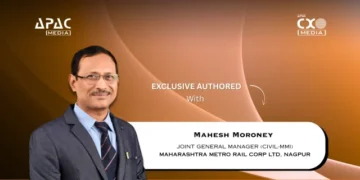





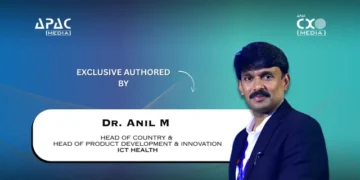













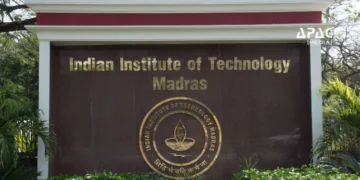








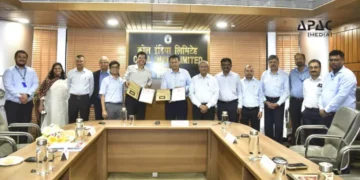













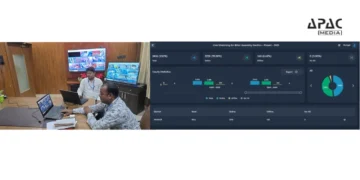
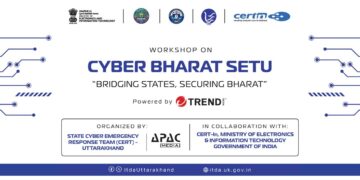


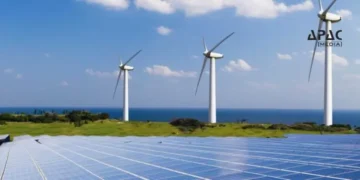





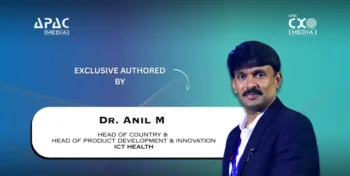

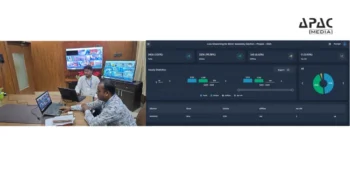
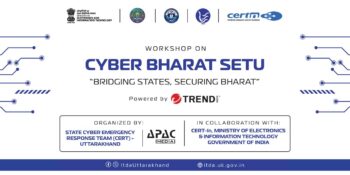












Discussion about this post